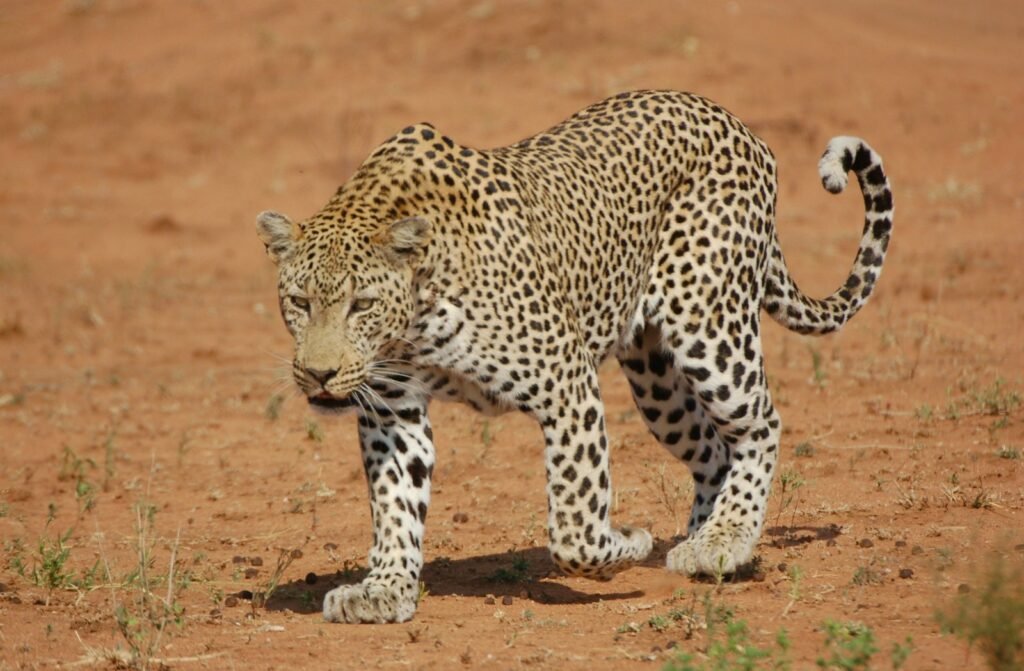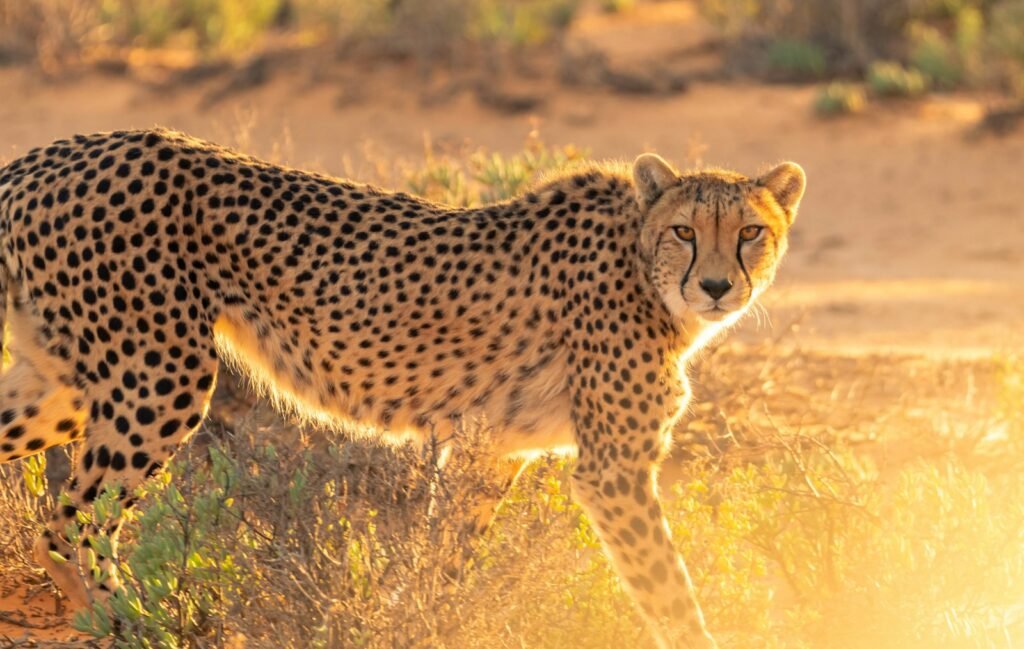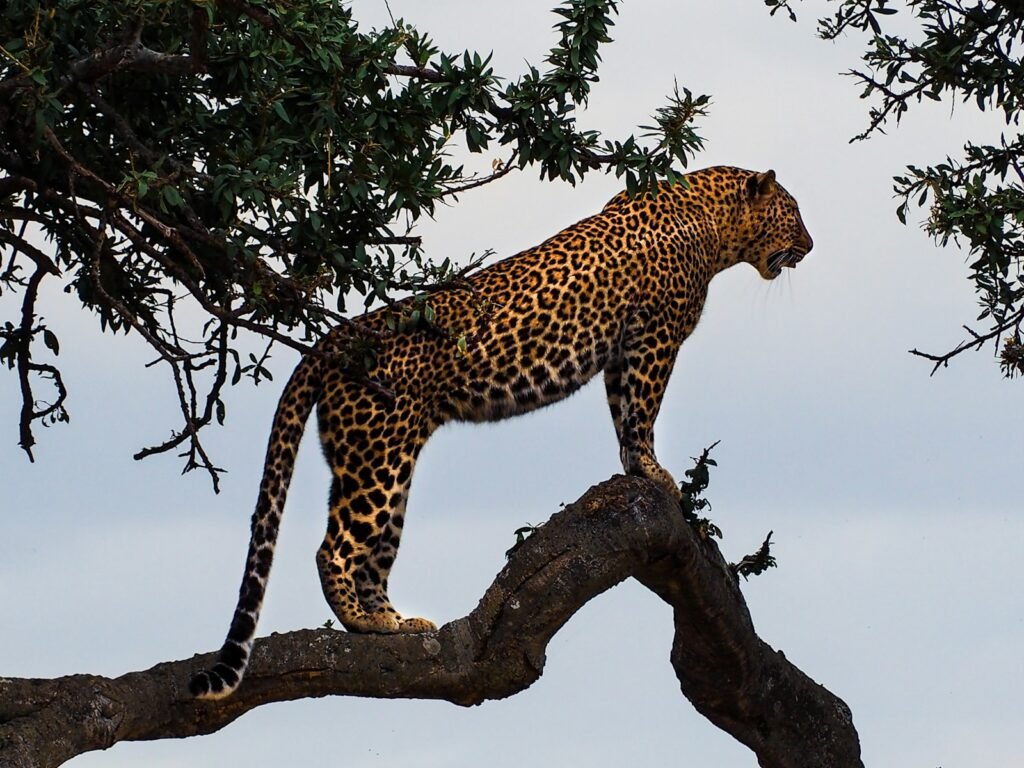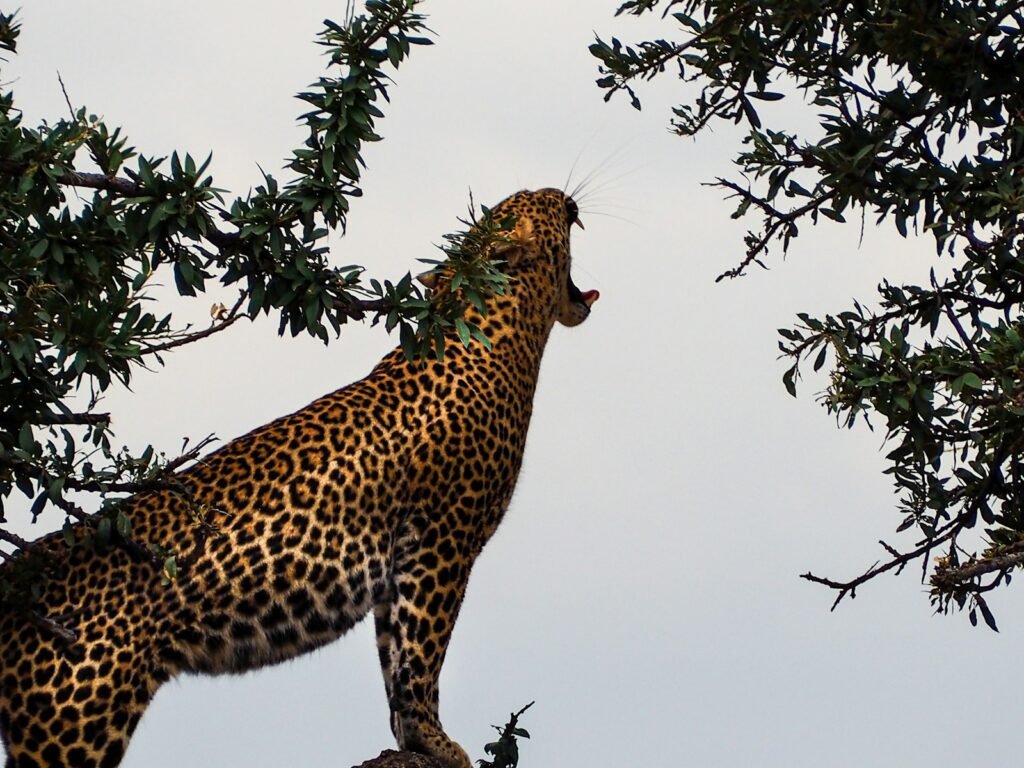In the animal kingdom, big cats are renowned for their majesty and prowess as apex predators. However, beyond their hunting skills, they exhibit intricate social behaviors, particularly in terms of territoriality. While some big cats fiercely defend their territories, others are less territorial. Understanding these behaviors is crucial for both conservation efforts and enhancing our appreciation of these magnificent animals.
Defining Territoriality in Big Cats

Territoriality refers to the behavior by which an animal lays claim to and defends a geographical area. This area is typically crucial for the cat’s survival, providing a habitat abundant in food, mating opportunities, and safe denning sites. Territorial behaviors can range from scent-marking and vocalizations to direct confrontations with intruders.
The Role of Ecology and Habitat

Ecological factors and habitat type play a significant role in determining the territorial nature of big cats. For instance, the availability of prey and the density of the habitat can influence the size and defense of territories. Dense forests generally support smaller territories due to higher prey concentrations, whereas open savannahs may require larger territories.
Lion Social Structure and Territory

Lions are unique among big cats for their social structure, living in prides. Prides typically defend a territory against other lions, and this territory forms a central component of their social organization. The size of a lion’s territory can vary significantly depending on the ecosystem, with territories being actively defended by the pride’s males.
The Solitary Tiger: A Study in Territoriality

Tigers are solitary animals and maintain large territories, essential for supporting their predatory lifestyle. A tigress with cubs requires a secure area with abundant prey and minimal threats. Male tigers overlap multiple female territories but are generally intolerant of other males, leading to potential conflicts.
Cheetahs: A Different Approach to Territoriality

Cheetahs, unlike other large cats, have a more fluid approach to territories. Male cheetahs, particularly those that form coalitions, may establish small, specific territories, commonly known as ‘lekking’. Females, however, are not territorial and roam larger areas depending on prey availability, showing flexibility in territorial behavior.
Leopards: Stealthy and Adaptive

Leopards showcase a remarkable level of adaptability regarding territories. They are solitary and strong territorial defenders but have smaller territories compared to tigers. Their ability to adapt to various habitats, from savannas to forested areas, contributes to their wide distribution and successful territorial claims.
Snow Leopards: Isolation and Terrain

Snow leopards inhabit mountainous regions, where the low density of prey influences their territorial behavior. They maintain large territories of rugged, isolated terrain, using high-altitude strategies to minimize direct conflicts with others of their kind, reflecting their adaptation to a harsh environment.
Jaguar: The Enigmatic and Elusive

Jaguars, native to the Americas, are solitary and territorial, often seen patroling extensive areas that encompass diverse ecological zones. Waterways are integral to their territories, and seasonal changes can lead to shifts in their territorial parameters as prey patterns change with flooding or drought.
Human Impact on Big Cat Territories

Human encroachment, habitat destruction, and poaching critically affect big cat territories. Fragmented landscapes can lead to increased territorial conflicts and reduced access to prey. Conservation efforts aim to address these issues by creating protected areas and wildlife corridors.
Conclusion: The Complexity of Big Cat Territoriality

Growing up traveling and experiencing new cultures and wonders, I have had a passion for nature, adventuring, photography, and videography. I am currently working towards a BSc in Biodiversity and Ecology at Stellenbosch University, and I hope to specialise in Marine Sciences one day.
Please send any feedback to Feedback@animalsaroundtheglobe.com






